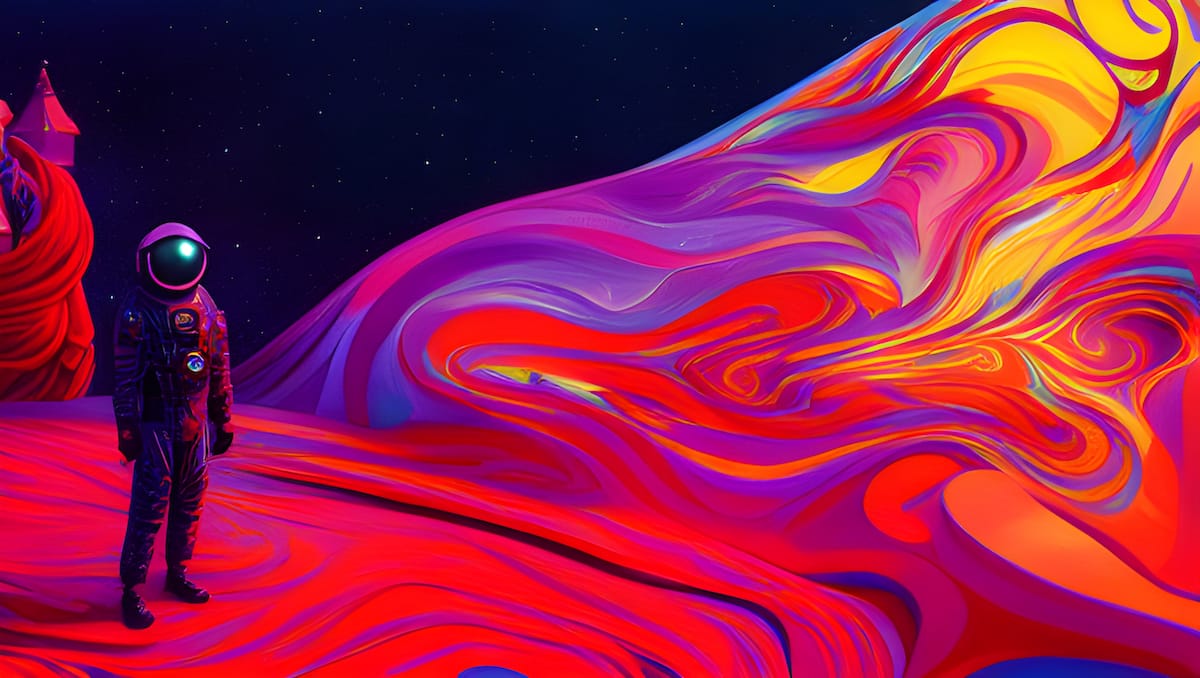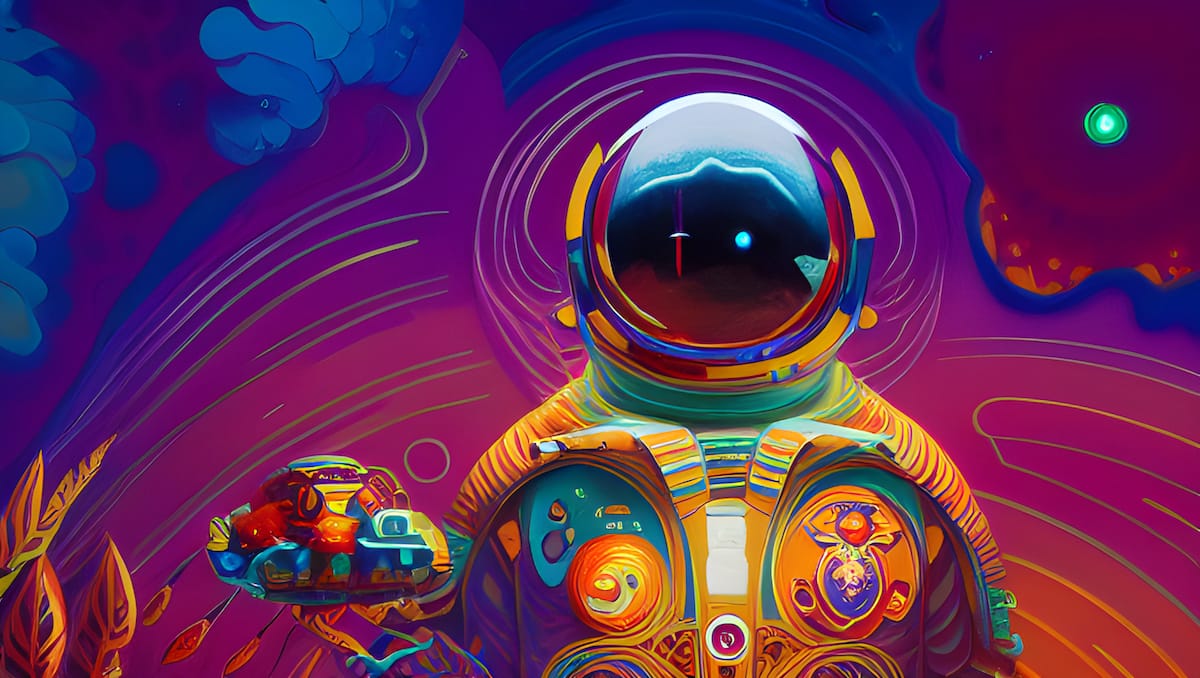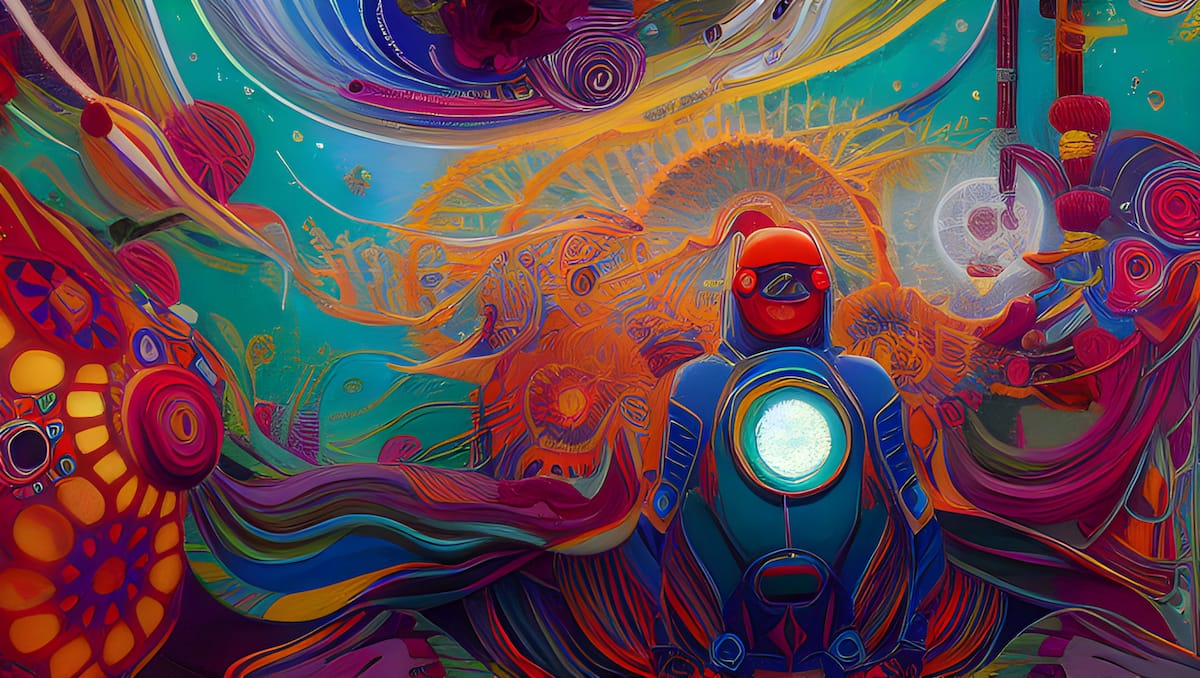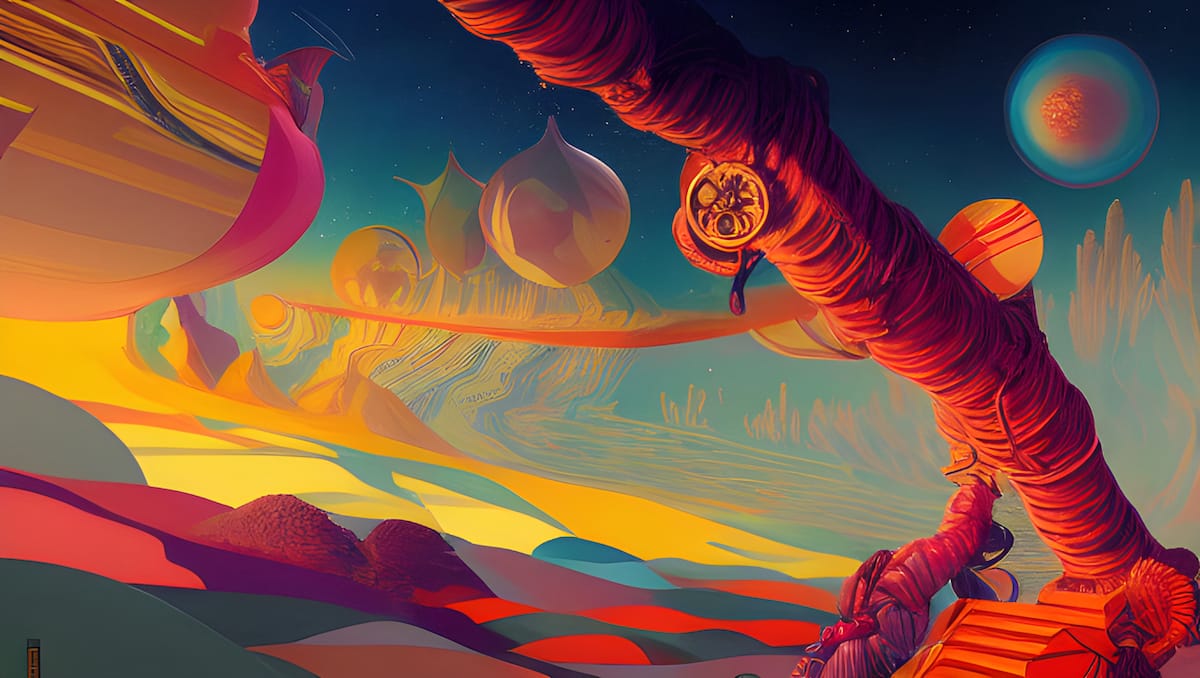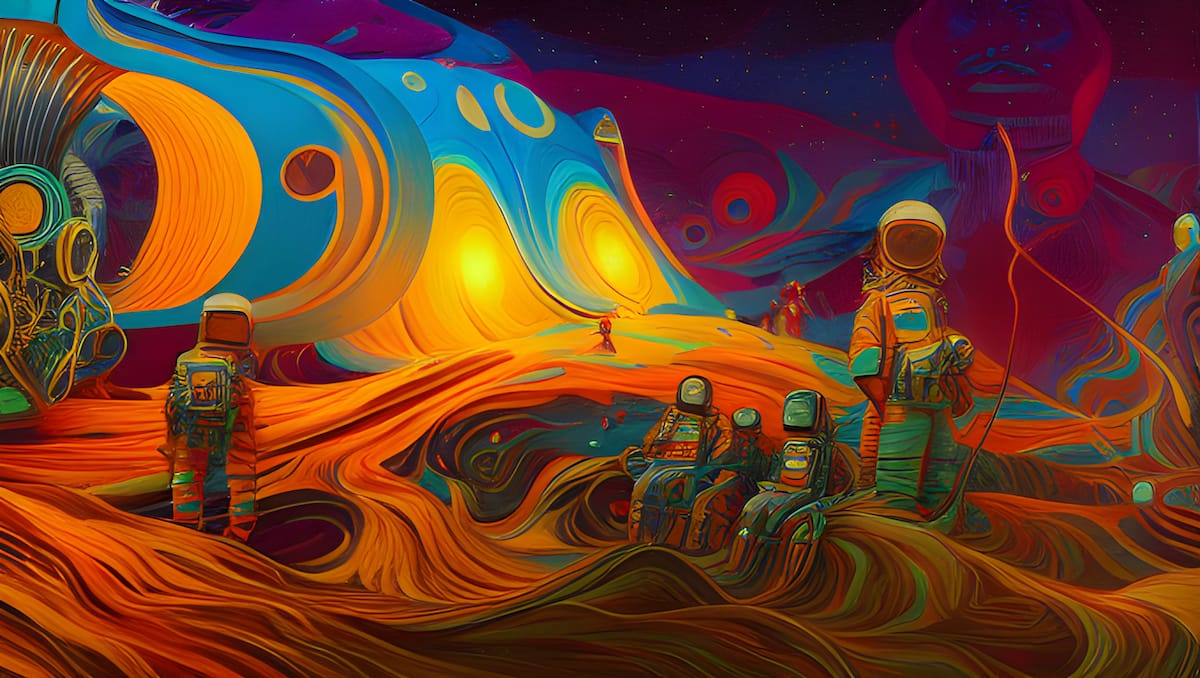Section two recap: The money part of Open Money
A summary and key takeaways from section two of the Open Money project

The focus of section two of the Open Money project is the money side of things. We tackle this early in the project because it helps clarify what money is, some historical context of money, some of the limitations to the current money system, and some of the opportunities made possible by new kinds of open, digital money.
The big reason for this section is so that we can start thinking about money as a tool or infrastructure, and then start thinking about what is possible if we build and adopt a new kind system.
- The "funny money" narrative – Digital assets, crypto, and Open Money are often dismissed as speculative scams or financial illusions. While speculation and hype cycles exist, these boom-bust patterns are inherent to technological adoption. Open Money isn’t a gimmick — it’s part of the long evolution of financial systems.
- Money as an evolving technology – From barter to metal coins, paper currency to digital banking, and now programmable money, each iteration of money aligns with broader technological and societal shifts. Open Money is the next logical step, leveraging decentralization and automation.
- Core functions of money – Money historically operates as a unit of exchange, unit of account, and store of value. Open Money preserves these functions while improving distribution, fungibility, and accessibility through decentralized networks.
- Money as the first data storage device – Before hard drives or blockchains, money acted as humanity’s first ledger — tracking, storing, and transferring value. Bitcoin and Open Money extend this function, making financial data more transparent, trustless, and borderless.
- The internet and money are converging – The evolution of the internet and money are now overlapping, leading to a shift toward internet-native financial systems. While traditional banking digitizes existing structures, Open Money reimagines finance as programmable, autonomous, and global.
- Money as financial infrastructure – Just as the internet revolutionized communication, Open Money is rewriting financial architecture. Traditional banking is limited by outdated rails, whereas Open Money enables borderless, permissionless transactions, improving economic efficiency.
- Hybrid financial models – The future of finance isn’t about replacing traditional systems but integrating open financial networks with existing infrastructure. This hybrid approach ensures both stability and innovation.
- Scaling limitations of traditional finance – The current system struggles with vertical scaling (favoring those with capital) and horizontal scaling (geographical barriers, slow transactions, high fees). Open Money addresses these issues with decentralized, automated, and programmable financial solutions.
- The role of public vs. private money – Governments are hesitant about central bank digital currencies (CBDCs) due to privacy concerns and existing payment alternatives. Open Money presents a third path — a decentralized financial layer that isn’t state-controlled but remains auditable and inclusive.
- The emergence of universal money – A truly borderless, non-sovereign money system has been elusive, but technology is making it possible. Innovations like Bitcoin’s Lightning Network and the Universal Money Address (UMA) Standard could bridge the gap between usability and decentralization, making global, permissionless money a reality.
Big Takeaway: The Inevitable Evolution of Money
Money has always been a networked technology — a tool for encoding and exchanging value. Open Money represents the next stage in this evolution, where decentralized networks, automation, and interoperability redefine how value moves across the world.
Rather than simply digitizing the old system, Open Money removes borders, middlemen, and inefficiencies, making money as fluid and programmable as the internet itself. The question is no longer if money will evolve – but instead, the question now is what will it look like when it does.
Open Money project posts in section two
